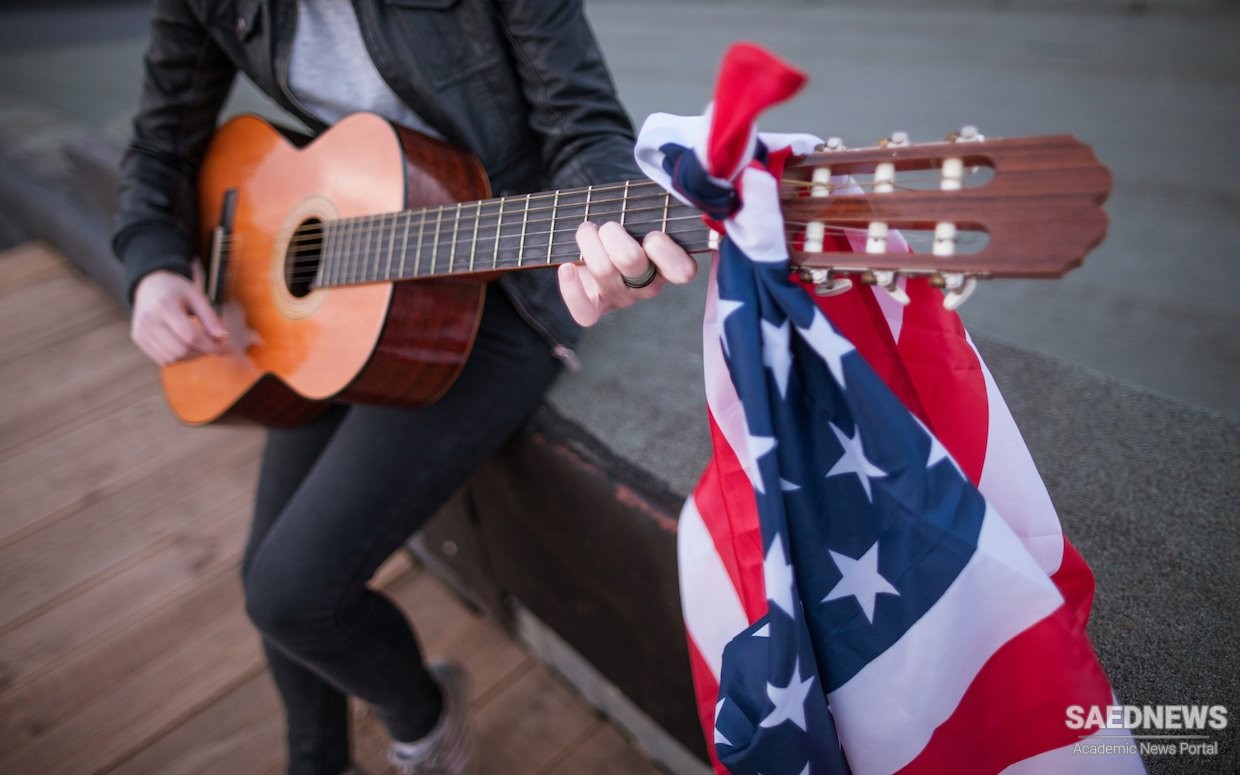While union organizers were not particularly interested in using folk tunes in their organizing drives, an emerging number of Communist Party-USA (CP-USA) members and activists, within and beyond the emerging labor unions, found traditional musical styles useful. The CP-USA had formed in 1919, but had been a fringe group until the mid-1930s, when it joined with other left/labor groups in a Popular Front to promote antifascism, civil rights, and union organizing. Both the CP-USA and individual CIO unions published numerous songbooks (although officially the Communist Party had little interest in folk music). The songs were designed to create a union consciousness as well as solidarity during strikes and on picket lines.
The Red Song Book (1932) included IWW tunes such as “The Preacher and the Slave,” “Hold the Fort,” and Aunt Molly Jackson’s “Poor Miner’s Farewell.” By decade’s end there were numerous labor/left songs and songbooks that captured a militant movement and spirit. Simultaneously, the Spanish Civil War (1936–1939) generated many folk-style songs supporting the Republican government and opposing the army/ Catholic church rebellion that had the backing of Nazi Germany and Fascist Italy.
Labor unions and labor schools continued publishing songbooks through the decade. For example, the Brookwood Chautauqua Songs booklet, from the later 1930s, published in Katonah, New York, with the slogan “A Singing Army Is a Winning Army,” began with “Solidarity Forever,” and included “Victory Song of the Dressmakers,” “The Soup Song,” and “March Song of the Workers.” Commonwealth Labor Songs, appearing in 1938, included a similar lineup, beginning with “The Internationale,” and ending with “Old John Lewis” (to the tune of “Old MacDonald Had a Farm”). Folk-styled songs had become the norm by the middle of the Depression,catchy lyrics with familiartraditional or popular tunes and hymnsthat would be easily remembered and sung. CIO Songs, issued by the Birmingham Industrial Union Council, began with “the C.I.O’s in Dixie” (to the tune of “Dixie”), and continued with “The Workers’ Marseillaise,” “The Steel Workers’ Battle Hymn” (to the tune of “Hold the Fort”), and “We Have Fed You All for a Thousand Years.”
Songs For America: American Ballads, Folk Songs, Marching Songs, Songs of Other Lands appeared in 1939, a rich, varied collection that seemed to sum up the range of songs that appealed to a singing Left, beginning appropriately with “The Star Spangled Banner,” immediately followed by “The Internationale,” some Spanish Civil War tunes, “Kevin Barry,” and “The Ballad of the Chicago Steel Massacre.” The same year Zilphia Horton compiled Labor Songs for the Textile Workers Union. Various unions continued to issue small songbooks into the next decade. During the war the Educational Department of the International Ladies Garment Workers Union (ILGWU) published Everybody Sings (1942), about the same time the New York State Federation of Teachers Unions issued Sing with the Union, along with the UAW-CIO Education Department’s UAW-CIO Sings.
Rural protest songs, white and black, reached northern audiences through the labors of various Left-oriented collectors, publicists, and performers. The Memphis-born, New York-based songwriter, publisher, and performer Bob Miller waxed scores of such songs, although he was better known in radical circles for his compositions, such as “ Cent Cotton, Forty Cent Meat,” and for his publication of the portfolio Songs of the Almanac Singers (1942). Margaret Larkin, a poet and journalist, born in New Mexico and raised with cowboy songs, also linked folk songs and social protest. She publicized the songs and struggles of Ella May Wiggins, who had been gunned down in 1929 during the Gastonia textile strike, and early befriended Aunt Molly Jackson. Larkin performed Ella May’s “The Mill Mother’s Lament” and other labor songs in New York during the early 1930s. Composers and performers Florence Reese, Ella May Wiggins, Jim Garland, his half-sister Aunt Molly Jackson and sister Sarah Ogan Gunning, Woody Guthrie, Agnes “Sis” Cunningham, Lee Hays, and John Handcox soon captured a mix of native radical politics and working-class trials and hardships. They often identified with such Left-led unions as the National Miners Union, the National Textile Workers, and the Southern Tenant Farmers Union (STFU). There were also labor-oriented schools, such as the Highlander Folk School in Monteagle, Tennessee, Commonwealth College in Mena, Arkansas, the Southern School for Workers near Ashland, North Carolina, and the socialist Brookwood Labor School in Katonah, New York, which encouraged singing and published labor songbooks. Handcox penned “Ragged, Ragged Are We” and “There Are Mean Things Happening in This Land” while an organizer for the Socialist-connected STFU.


 Afterlife: MESOAMERICAN CONCEPTS
Afterlife: MESOAMERICAN CONCEPTS














































